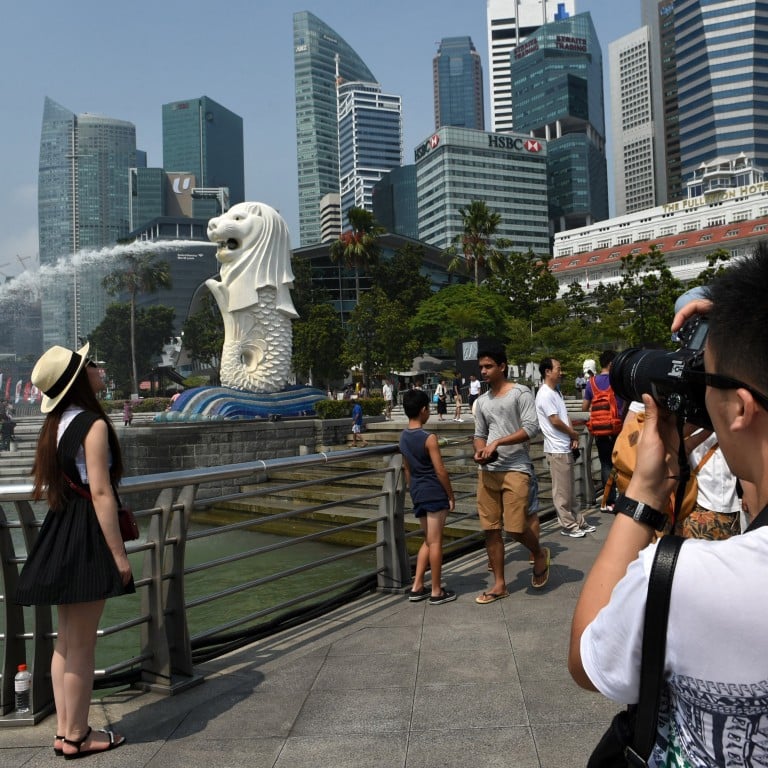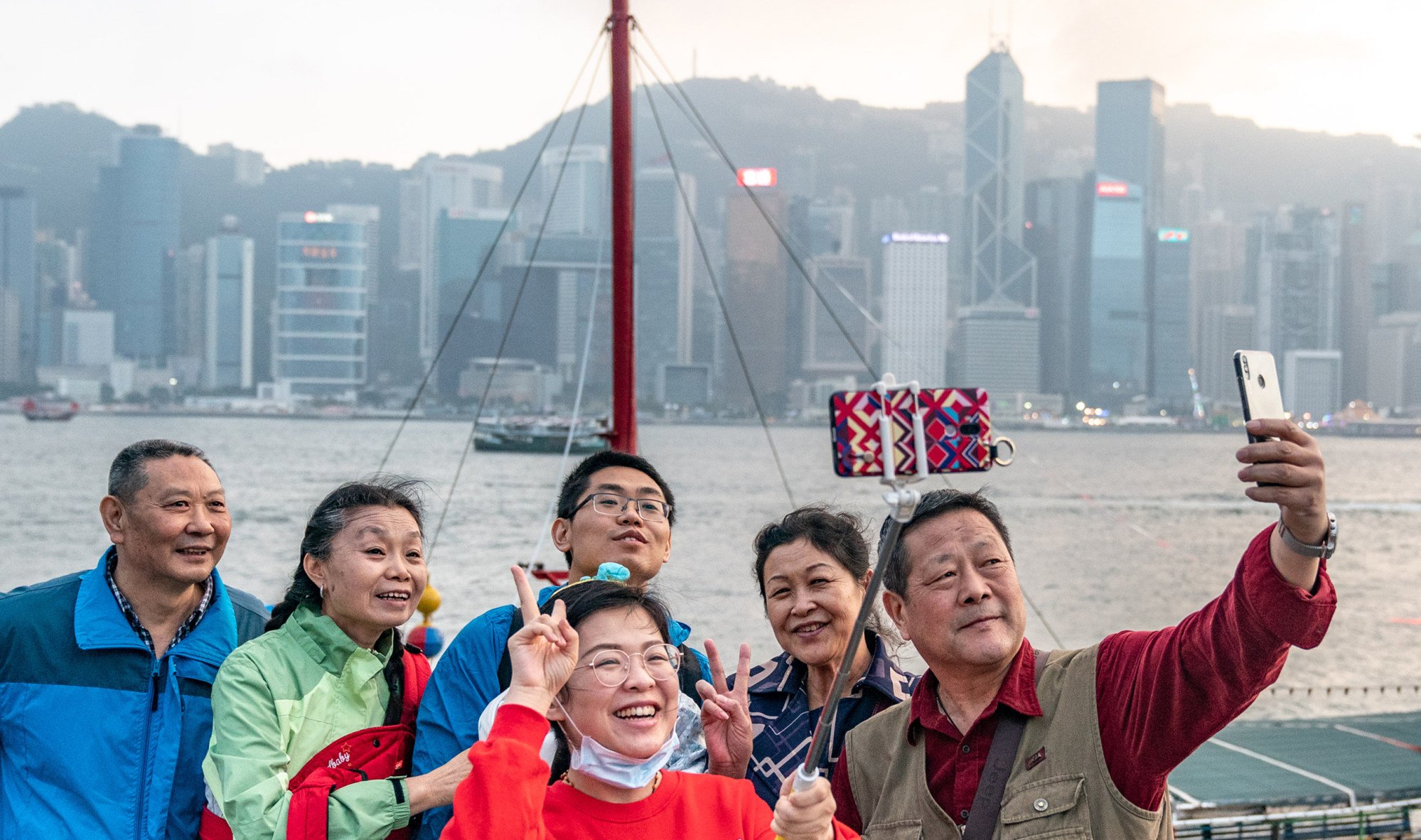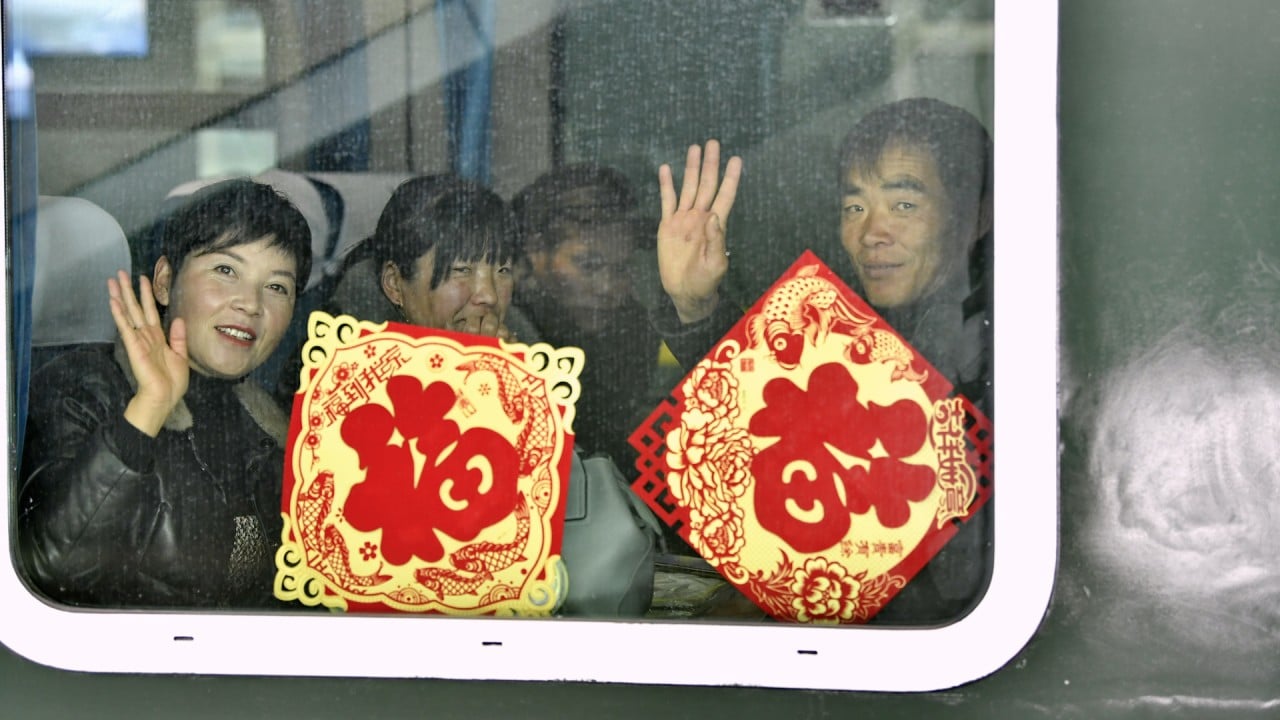
Chinese tourists flock to Singapore, Malaysia, Thailand during Lunar New Year, as overseas travel bounces back from Covid-19
- Chinese travellers flocked to tourist hotspots in Singapore, Thailand and Malaysia, with visitor numbers and spending in destinations exceeding pre-Covid levels
- The increase provides a welcome relief to countries whose tourism industries rely on the Chinese and their spending for growth
The increase also provides a welcome relief to countries whose tourism industries rely on the Chinese and their spending for growth, although the outlook for a sustained recovery in overseas travel is overshadowed by a sluggish mainland economy and volatile financial markets that have seen consumers tighten their belts at home.
Thai nightlife rebounds with late opening as Hong Kong revives campaign before Lunar New Year
The holiday in 2024 lasted for eight days, one day more than the Lunar New Year break in 2019.
Reflecting the boost from visa waivers, hotel bookings for Bangkok tripled over the period from February 10-13 year-on-year, while those for Singapore jumped nine-fold, according to travel platform LY.com.
Spending in Singapore, Thailand and Malaysia combined on the Chinese mobile payment platform Alipay increased 7.5 per cent in the period from February 9-12 from 2019 levels and nearly 7-fold from last year, Alipay said.
However, overall consumer spending only recovered to 82 per cent of levels four years ago, the company said.
Middle East surge
The gambling hub of Macau, the only place in China where citizens can legally gamble in casinos, recorded a surge in Chinese tourists with more than a million visiting over the holiday and average hotel occupancy rates reaching 95 per cent, according to official data.
The jump in tourists bodes well for some of the world’s largest casino operators in the former Portuguese territory, including Sands China and Wynn Macau.
Overseas Chinese tourists back as Alipay transactions up 7 per cent from 2019
JP Morgan said in a note it expected daily gross gaming revenues for the peak of the holiday to hit US$124 million for the first time in more than four years – higher than the US$112 million generated during the October 2023 Golden Week holiday.
Mass gaming rates were forecast to have reached 120 per cent of pre-Covid-19 levels, it said, adding that it expects February gross gaming revenues to rise by at least 80 per cent year-on-year to US$2.36 billion, the highest in more than four years.

South Korea’s Justice Ministry said more than 114,000 Chinese visitors entered the country during the holiday, up 4 per cent from 2019, while some travel agents noted tourists were increasingly opting to travel on their own rather than in groups, which meant fewer organised trips to mega-stores.
“With drops in the number of group tourists, we don’t get to see Chinese tourists carrying big shopping bags any more,” an official at a travel agency in Seoul told Reuters, requesting not to be named as he is not authorised to speak to media.
In Japan, department store operator Isetan Mitsukoshi Holdings said that through to February 14 “duty-free sales were significantly higher than the previous year, partly due to the Chinese New Year”.
Visitors to China’s tourist spots spike during Lunar New Year
A shift in holiday tastes was reflected in some data as travellers sought more experience-based trips, with Alipay reporting Chinese tourists globally spent 70% more on food and beverages compared with pre-Covid-19 levels.
Trip.com said overseas car rentals on its platform jumped 53 per cent compared to 2019 and tickets for scenic experiences abroad soared more than 130 per cent.


